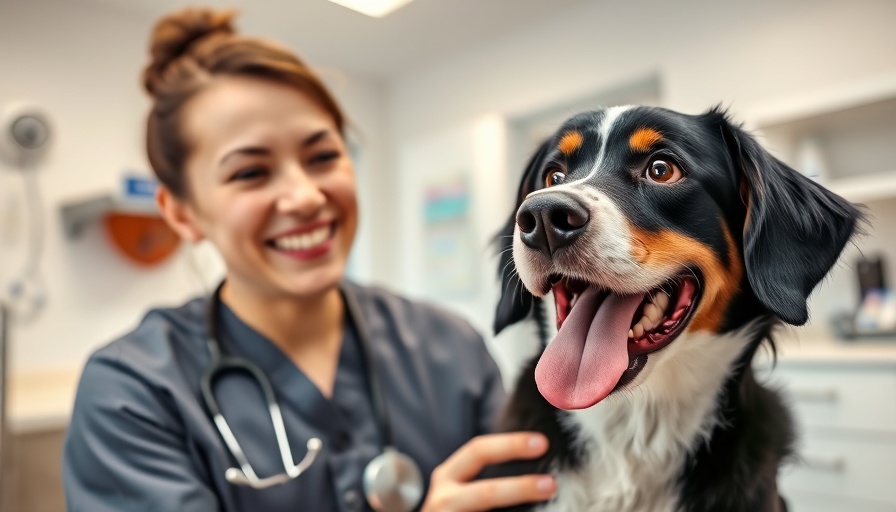
Significance of the PAW Act in Today's Economy
The Pet Affordability Welfare (PAW) Act has been reintroduced in Congress, aiming to alleviate the financial burden of pet ownership. With rising vet bills and essential care costs, many pet owners find it increasingly challenging to provide for their furry companions. The PAW Act seeks to address these economic pressures by supporting legislation that offers tax credits for pet care expenses, including veterinary costs.
Understanding the Broader Impact of Pet Ownership Costs
The economic implications of pet ownership extend far beyond mere purchase prices. The American Pet Products Association (APPA) notes dogs and cats can cost their owners anywhere from $1,500 to over $45,000 in their lifetime when accounting for food, medical care, and grooming. This substantial financial commitment necessitates legislative support, particularly for low- and middle-income households. By making pet care more affordable, we not only ease the burden on these families but also promote better pet health and welfare.
How the PAW Act Could Transform Pet Care
The reintroduction of the PAW Act promises to introduce several vital changes to how pet care is financed. Owners could receive tax credits for costs associated with veterinary care, grooming, and even supplies—a move that advocates believe will significantly decrease the number of pets abandoned due to rising expenses. It’s also crucial for maintaining public health, as accessible veterinary care can prevent widespread zoonotic diseases.
Public Sentiment and Support for the PAW Act
Pet ownership is a passionate topic among many Americans, and the PAW Act has garnered significant public support since its original introduction. Polls indicated that a majority of pet owners favor legislative initiatives that make pet care more affordable. Supporters argue that pets are part of the family and deserve access to the same level of healthcare and well-being as any human family member. As discussions unfold, it is essential for lawmakers to gauge public sentiment and reflect it in the legislative process.
A Perspective on Implementation Challenges
While the intentions behind the PAW Act are noble, there are inherent challenges in its implementation. Critics have expressed concerns about the tracking of expenditures and potential misuse of funds. For the PAW Act to succeed, robust oversight mechanisms must be established to ensure that funds are used as intended for pet welfare. A well-structured plan will help address these challenges and build public trust in the legislation.
Next Steps for Pet Owners
For pet owners looking to support the PAW Act, staying informed and engaging with local representatives is essential. Efforts like signing petitions and participating in community discussions can amplify the call for ethical pet care legislation. Mobilizing support on social media platforms can also raise visibility, making the welfare of pets a priority in legislative agendas.
In conclusion, the reintroduction of the PAW Act represents a pivotal step towards making pet ownership more sustainable and affordable for all. Keeping abreast of these developments is crucial for those who regard their pets as family and want to ensure they receive the best possible care. Together, through advocacy and community involvement, we can make a difference in the lives of pets everywhere.
To support this initiative, consider reaching out to your local representatives and urging them to consider the PAW Act as it progresses through Congress. Your voice matters!
 Add Row
Add Row  Add
Add 




Write A Comment